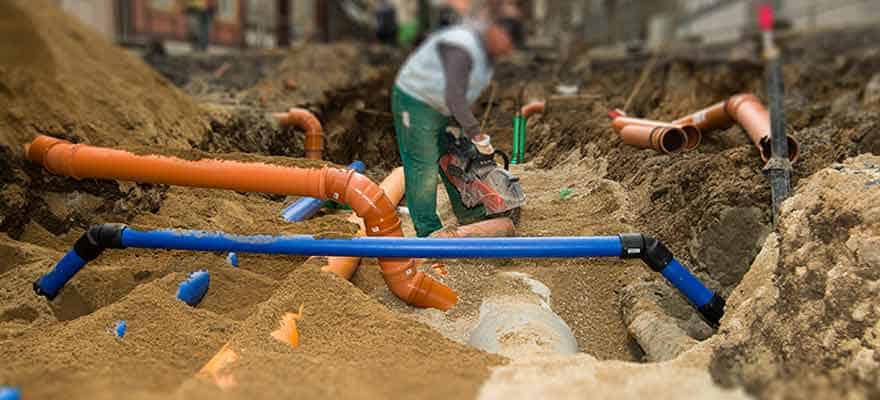When it comes to the maintenance and installation of septic systems and related equipment, we have years of experience under our belts. Our specialists are fully licenced septic installers & pumpers who are completely able to take on any size septic job. They are available for all of your septic system needs.
The use of Lenzyme products is our area of expertise when it comes to cleaning out sewer tanks and fields. Count on the low-cost industry leader in your neighbourhood for septic system maintenance, repairs, and installation! Simply give us a call to request a FREE estimate, and we will have it prepared and delivered to you within the next twenty-four hours.
What Is Meant By The Term “Septic System”?
Septic systems are designed to clean and purify the wastewater that is produced by humans and households, and then to release the cleansed water back into the ground where it can be used again.
This is accomplished by the use of an under septic system, which consists of a filtration system that is typically composed of a tank and drain field (absorption area).
It is imperative that this tank be watertight given that it will be used to store various forms of trash. In order to prevent anything from escaping, the vast majority of tanks are constructed out of concrete or fibreglass.
In the tank, enzymes and bacteria treat the vast majority of the solid waste; however, the effluent that is produced as a result of this process is predominantly liquid.
This is further dealt with by the region designated for absorption. The liquid is then purified by the enzymes, bacteria, and other microorganisms that are naturally present in the soil beneath the drain field. This liquid does not become contaminated by the time it reaches an aquifer in the area.
If you own a septic system, you should count yourself among the fortunate. Residents of the city who do not have their own wastewater treatment systems are required to pay a monthly fee. You are saving a significant amount of money while reaping the benefits of having waste treatment performed on your site!
What Are The Different Parts That Make Up A Storm Drainage System?
It is possible to create a storm sewer system in a number of different ways; however, the vast majority of these methods involve the installation of catch basins, trenches, or drains that collect runoff and direct it to the sewer line. These entryways have grates that cover them.
grates are designed to prevent debris larger than a certain size from entering the storm drain; nevertheless, smaller debris can frequently pass past the grates. Large bits of trash have the potential to obstruct the grates, which will slow or even stop the flow of water.
In certain configurations, sumps are installed between the grate as well as the sewer to collect any material that may fall through. Over time, debris can accumulate in sump wells, causing water to overflow onto the nearby pavement and cause flooding.
How Might Problems With The Sewer Cause Damage To The Pavement?
Puddles of water can hasten the deterioration of the pavement, and if the water makes its way down to the foundation layers of the pavement, it can destroy those layers. Additional harm to the pavement is caused when the base layers become unstable. In addition to this, if water
If it pools around the grates, it might cause damage to the masonry that is supporting or surrounding the grates.
A collapsed grate may not only cause damage to the pavement, but it may also cause injury to pedestrians and harm to automobiles. The gap allows debris to pass through, which has the potential to clog the sewer and make any problems that were already present even more severe.
